This week, we had the honor to interview Sebastien Audoux the head of Digital Sports Content at Canal +, a leading sports broadcaster.
Canal + offers an OTT platform called myCANAL app, which allows Canal+ viewers to have near-live highlights clips, live statistics, the lineups and multi-camera angles. It also allows them to grade sports events they are watching and take live polls.
Picture: myCANAL app
?Show Notes: Throughout this interview, we touched on his background, his role and responsibilities at Canal +. We also discussed his favorite technologies, how his organizations measures the success when launching a digital offering. We also touched on the NFT/metaverse space and his recommendations to any startups looking to work with Canal +.
Best Quotes: Here are some of the key discussion points and best quotes from our conversation with Sebastien:
On his background:
- “My background is as a journalist, host and broadcaster. I started 20 years ago as a reporter in the Rugby League and soccer. I started during the ’98 World Cup in Paris. The channel I was working for was AB Sports. Their HQ was located 500 meters from the Stade de France. So it was a bit like a destiny for me to be working there. That’s when I started my career during the Soccer World Cup”.
On he ended up working for Canal +:
- “I was still in journalism school when I started working. And while I was working for AB Sports, the company got acquired by the Pathé Group, which was a big movie company in France. Then I went back and started working even more frequently as a freelancer for them. And about three years later, I was still freelancing. Back then I was also doing a lot of documentaries and I was working for ESPN Europe in London. I was involved with branded content with Publicis in London. But in 2002, Canal+ decided to acquire Pathé Sport. And so the channel became Sport plus, and that was the way I got to work with the Canal+ Group”.
- “I was among the first of the Pathé Sport journalists to work for Canal+ because they needed someone to cover golf in the summer of 2002. So I ended up covering the Evian Masters Golf Tournament, which was a big women’s tournament in France. Now it’s even bigger and it’s part of the official majors in golf and it is known as the Evian championships”.
- “So I did that for a few years and then I ended up running all the golf operations and the French golf channel that we have, which is called Golf+. It’s actually going to be the 10th year anniversary this year. So I went as far as I could go in terms of golf media in France. And they were kind enough to allow me to move to the digital side of our business and so that’s how I ended up running all the digital output when it comes to sports for Canal+ in France”.
On his role and responsibilities at Canal+:
- “Canal + is not typically linear or broadcast centric, and I have something to do with it. I am handling all the social media for Canal+. We have a huge brand on social media, even on the newer platforms, where we are leading the way on TikTok. We are also huge on Twitch and we are also very active on Snap. We are essentially involved in all the major social media platforms. I am focusing heavily on myCANAL, which is our own OTT platform. And what I mean by that is that I am talking to and I am being more and more involved with the rights owner to push for the quality of the ecosystem that we have, whether it’s social media or our OTT platform”.
On his product myCANAL:
- ““We have what we call the expert mode, which is the enhanced way of watching live sports on myCANAL. It allows you to have near-live highlights clips, all the live statistics, the lineups, and you can grade the game you are watching. The biggest fantasy game in Football in France is called Mon Petit Gazon. We have all the ratings from Mon Petit Gazon right into our app. You don’t even have to look for your favorite player when he’s playing, you have the ratings right into the myCANAL app”.
- “We also have multi-camera angles. For example we have 10 additional cameras for motor GP, and we even have a 360 VR camera angle, an onboard camera angle, which is very good. And we even went as far as doing 55 additional feeds. We did that for the players’ championship in the past two years. We essentially have one feed per group, which is crazy. That was my dream when I was running golf. I ended up making it a reality when I started running the digital business at Canal +’s sports division”.
On the KPIs that he uses when measuring success when launching a digital offering:
- “The KPIs vary from operation to operation. When we are going on TikTok, for example, it’s all about getting new potential customers in the younger demographics because just like every pay TV operator, we have a huge challenge when it comes to renewing our subscriber base. Our core base is rather old and so we need to talk to the younger demographics. So when we go on Twitch or on TikTok, it’s all about reach, and getting as many people as possible especially the younger demographics to make them part of the Canal+ experience from the start, even if it’s on our myCANAL platform”.
- “And then we’re going to work with them, and they’re going to learn about the brand, our offering, and what we do. And slowly we are hopefully going to get them to subscribe to one of our offerings. So when we go on those newer platforms, it’s all about reach. We are not looking to make money off of that. We are really looking to find new potential customers. And when we’re going on YouTube or Facebook, it’s mostly about monetization because our main business model is based on subscriptions”.
- “And since we have a lot of premium content, Sports is, as you know, very expensive in terms of sports rights. It’s always good to have other ways of monetizing your content, specifically near-live highlights, even back catalog, which is something that we’re doing more and more on YouTube. And that is very interesting, especially for older documentaries”.
- “When we are doing new experiences around myCANAL like we did for golf, it’s all about making the subscribers that we have happy. We know that when one of our customers starts using myCANAL, the app, they are much less likely to unsubscribe because usually they are more happy when they discover all the possibilities around the OTT app”.
On the ability for the myCanal app users to provide feedback and vote in real time via their tech partner LiveLike to provide live feedback to the commentators:
- “We also added an interactive layer recently with the help of LiveLike. We call that the timeline. It’s a really good because the main announcer in F1 is going to ask, “Well, what do you think about this over take? Was it fair or not by Verstappen?” He’s going to ask that on air. We’re going to have that question straight into the app. People will be able to say, “Yeah, I think it was fair. No, it was not fair.” And then they can use that in the post-race show to discuss what happened”.
- “The commentators can say, “Well, our subscribers think that it was really not a fair move on that one.” And we did that for example in boxing where we’re allowing all our subscribers to do their own scorecard, round after round. And then we can compare the subscriber scorecard to the pundits scorecard, and to the official scorecard. We are being less and less top to bottom, which is obviously the way pay TV used to be. And I think we need to change that and to really give a voice to the subscribers so they can participate in what’s happening on air as well. So it’s all part of adding new layers of experiences to make our subscribers as happy as possible. We have those three different types of KPIs: Reach in one case, monetization in another and you need a customer satisfaction in the last one”.
On his favorite technologies:
- “Oftentimes I see technologies that are not design at all at first for broadcasting and that are becoming a huge part of broadcasting. For example, in Golf, TrackMan is a very good example of that. Those guys were working for the military in Denmark. They got an idea around designing a radar to track golf shots. They managed to do that and built a business around it”.
- “Today TrackMan is a huge part of golf broadcasting. It actually changed completely the way golf is being shown on TV and on OTT and everywhere because of that. Up until 2015, when Fox acquired the USGA rights and started broadcasting the US Open, we were showing golf on TV the same way it was done from the beginning of golf broadcasting in the 1950s”.
- “Now with Track Man, they have a 3D rendering of the golf hole. And you can see the exact shape of the golf shot, if it’s going to the left, left to right, right to left, and if it’s going over a tree, around a tree, over water or something, you can see everything. This is a piece of technology that was not designed for broadcasting and that is now changing golf broadcasting for the better. And I think that this is where it gets interesting”.
On his take on the NFT/metaverse space:
- “I think the Sorare story in France is mind boggling. Obviously everybody’s talking about the insane amount of money they are raising, but we should talk more about the product. As somebody who has loved fantasy sports for a long time, I think it’s a great step forward when it comes to mixing fantasy sports with NFT, which I think is very interesting”.
- “When it comes to the Metaverse, and I’ve been saying that a lot these past few months, this is probably the single biggest disruption that we’ve seen in the entire history of live sports. I was saying that before with golf broadcasting. If you look at live sports in television or even in OTT, it hasn’t changed that much. We went from black and white to color, from four by three to 16 by nine, from SD to HD, to 4k now 8K in Japan. But it’s basically the same camera angle. We have more camera now, but it’s changing very little and basically we are still distributing the content we went from satellite to OTT”.
- “But here we could have a true revolution where it’s totally different and it’s a great output for a lot of technologies, which were very cool, but didn’t have any true output to show the value of those technology. We are talking VR, and we could talk forever about the volumetric pixel or the 3D pixels, for example, which I think is very interesting in terms of tech”.
On the types of NFT/metaverse experiences that we could see in the future:
- We’re now seeing some companies getting into the space like Condensed Reality, for example. They are trying to lower the cost to produce this type of experience. The Metaverse will provide an output for this type of experience. So far what we’ve seen in terms of either live sports or live concert, it’s essentially done via a 2D screen in Fortnight, and I’m not interested in that. Of course it is a good way to try to get younger demographics into sports”.
- “But the end game to me is really about providing a very different type of experience. I suggest that you go watch a game as Jack Nicholson, where you are in the front row at the Crypto.com center in Los Angeles. You will have the entire experience in the Metaverse. And you can even have a better seat than Jack Nicholson, and you can even sit or walk on the stage with the player and see the game while being in the game. So all those possibilities, which are absolutely crazy, could really shift completely what we are expecting from live sports in terms of content”.
On his recommendations to any startups looking to work with Canal +:
- “Do your homework. It sounds basic, but I get probably 10 to 20 requested per week from people across LinkedIn and my emails asking me to have a call about their product. Probably 80% of those are products that I’m never going to use at Canal +. If you are here to sell me an SDK or a video player, even though you might have a great product, I’m not going to be able to use that”.
- “So do your homework and try to find the proper angle where, “Yes we can do something that will be a quick win and where we’re going to see the value of your product and then we can start working together long term.” That’s the first thing. And the other thing is that we might not be able to work with you today with your product, but it’s important to keep the lines open and to keep learning from each other”.
- “When people do a bit of homework, when they send me an email with interesting things to look at, I usually read them, answer them, have a call with them, and stay in touch with them. And maybe a few months or years down the line, I end up working with them. So if you have an interesting product that I can realistically use, spend time doing a bit of homework”.

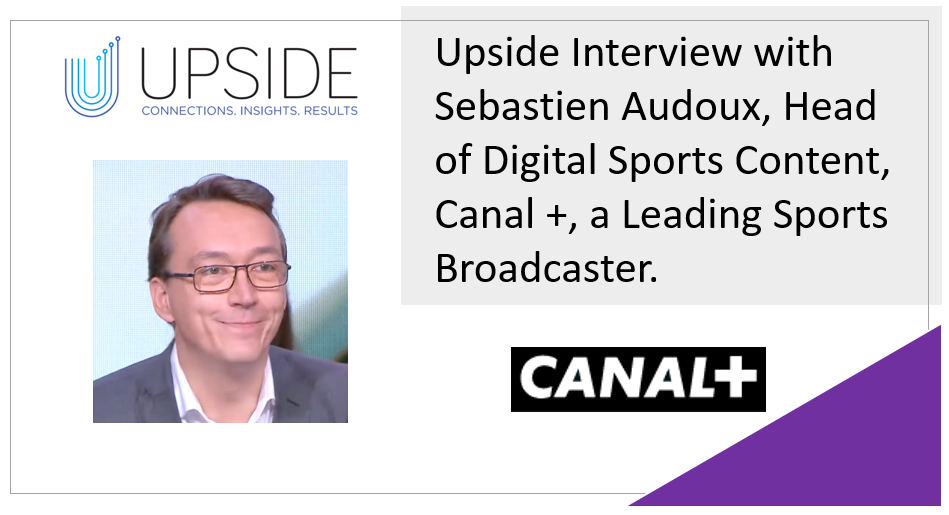
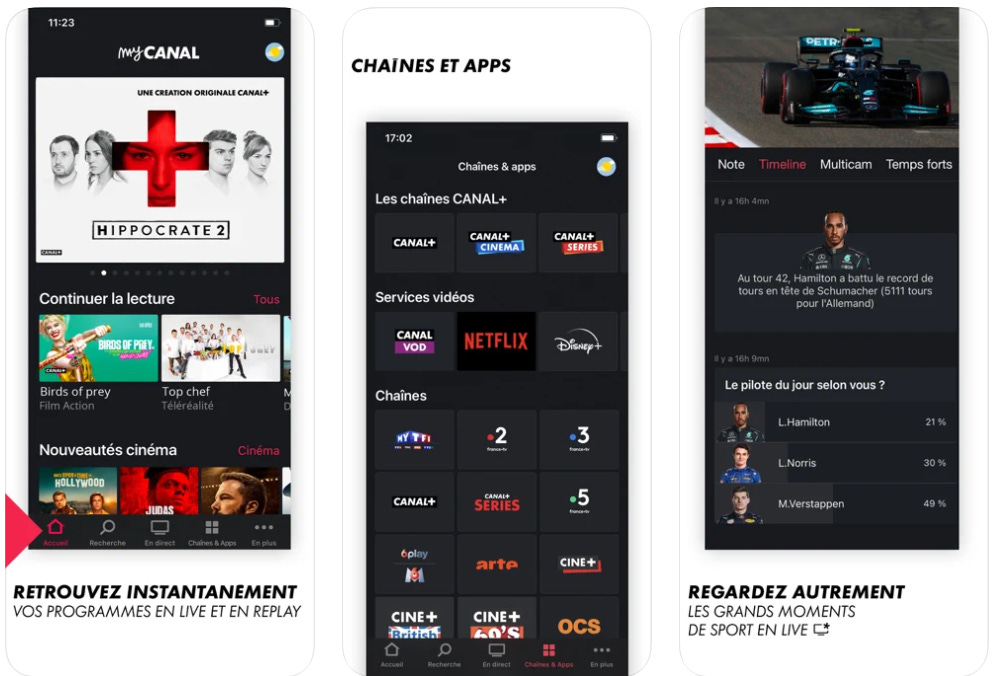
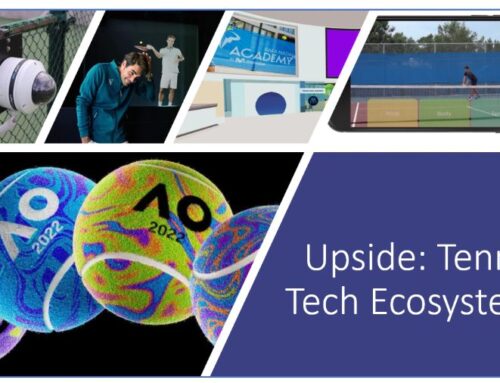
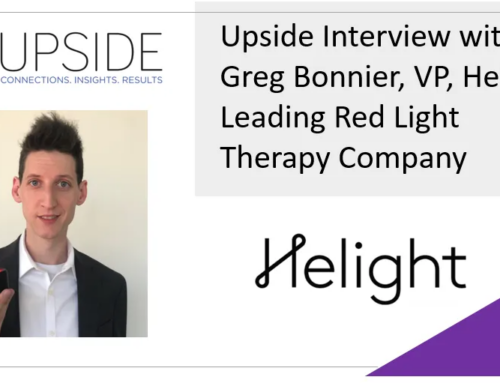
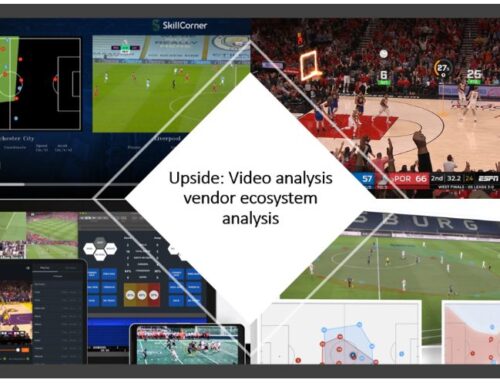
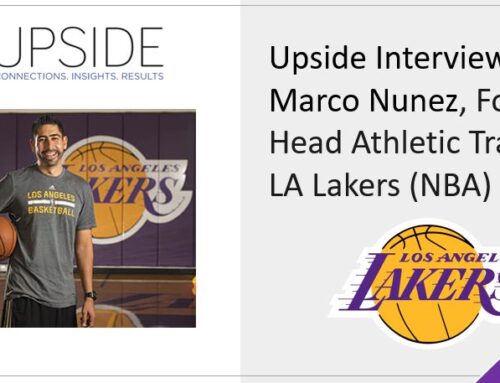
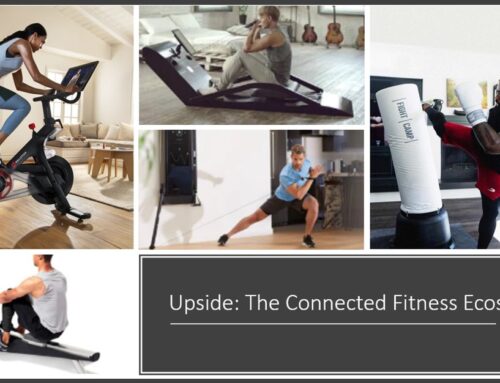

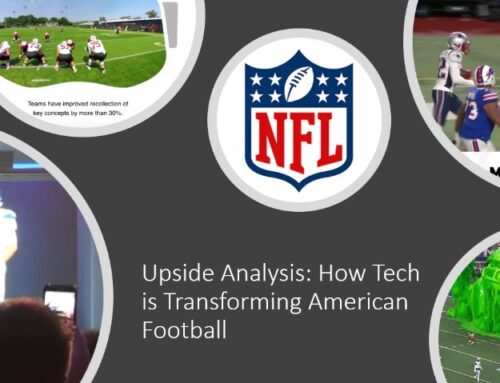
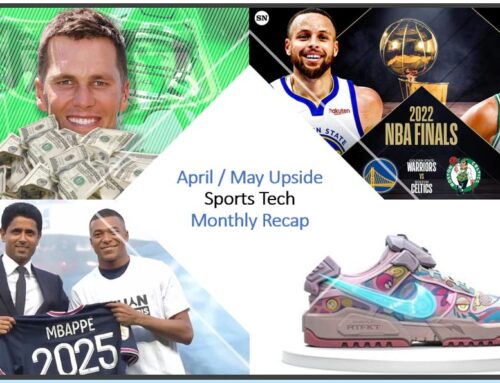
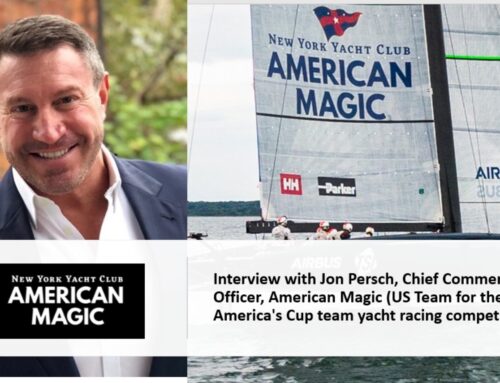

Leave A Comment
You must be logged in to post a comment.